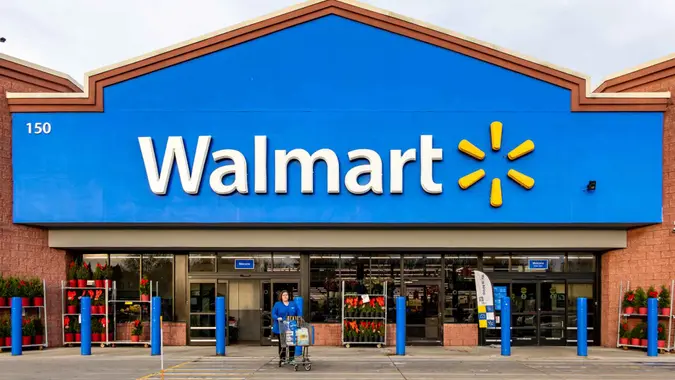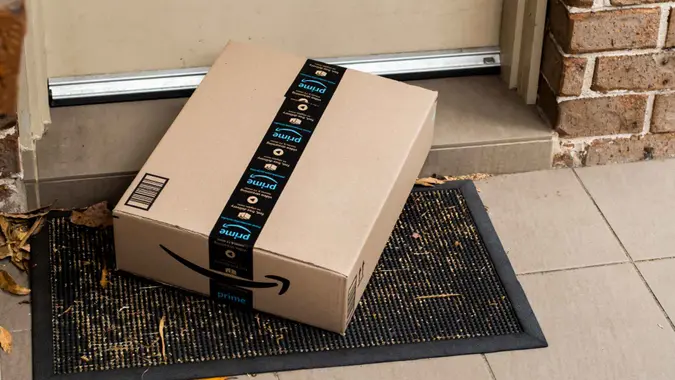3 Ways To Recognize Fake Shops on Social Media This Holiday Season

Commitment to Our Readers
GOBankingRates' editorial team is committed to bringing you unbiased reviews and information. We use data-driven methodologies to evaluate financial products and services - our reviews and ratings are not influenced by advertisers. You can read more about our editorial guidelines and our products and services review methodology.

20 Years
Helping You Live Richer

Reviewed
by Experts

Trusted by
Millions of Readers
Nearly two-thirds (62%) of Americans said they’re likely to grab a holiday deal as soon as they spot one, according to the 2025 Norton Cyber Safety Insights Report, as reported by Gen Digital, the parent company of Norton and GOBankingRates. And this is often without vetting the source.
That kind of impulse buying can make shoppers easy targets for fake online stores. More than half (54%) of Americans say they’ve made a holiday purchase from a social media ad this year and one in three have already been targeted by a shopping scam.
According to experts, here are three ways to recognize fake scam shops on social media this holiday season.
Feels Off or Looks Too Good To Be True
“We all love a good deal, but beware of potential scams,” said Darius Kingsley, head of consumer banking practices at Chase. “Scammers often use fake websites or ads to lure shoppers with deep discounts on popular items. If it feels ‘too good to be true,’ trust your gut; it might be a scam.”
That means if you see an ad for a brand-name product at an unrealistically low price, like a $200 smartwatch for $25, it may not be the real deal.
And if something just feels off, this could be another sign. According to Marty Bauer, e-commerce expert at Omnisend, examples include products that are just too trendy, multiple stock photos, inconsistent pricing and unfamiliar checkout processes.
Aaron Engel, chief information security officer at ExpressVPN, recommended taking a step back. “The best protection is to slow down and double-check before you buy,” he said.
A Lack of Tagged Customer Photos
“A lack of tagged customer photos is another way to tell, since real brands usually want to show off genuine reviews and photos because they know it builds credibility,” Bauer said.
Engel pointed out that social media has also made it a lot easier for scammers to fake legitimacy. “They can purchase followers, flood comment sections with fake ‘satisfied customer’ reviews from bots and even run paid ads to look like real, thriving brands,” he explained.
“Unfortunately, AI has supercharged the problem even more, making it easier than ever for bad actors to generate realistic product photos, convincing customer ‘reviews,’ and captions that feel genuine and believable,” Engel added.
This often results in fake shops that look like the real thing and appear alongside genuine brands
Unprofessional Website
Does the website not list a physical address or return policy? It could be a scam.
“Legitimate retailers will always list a physical address and clear return policies — in fact, in many states, they’re required to, so always check for those,” Bauer said.
Engle recommended taking a closer look at the shop’s website or social pages. “Things like poor grammar, stock images and a vague ‘About Us’ page are common giveaway signs,” Engle said. And if the only way to reach customer service is a generic contact form, that could be another sign, he warned.
“You can also take a look at how long their domain has existed, since most fake shops will be less than six months old before they vanish,” Bauer added.
 Written by
Written by  Edited by
Edited by 

























